Home>Ideas and Tips>Veterans’ Home Modification Programs: A Comprehensive Guide
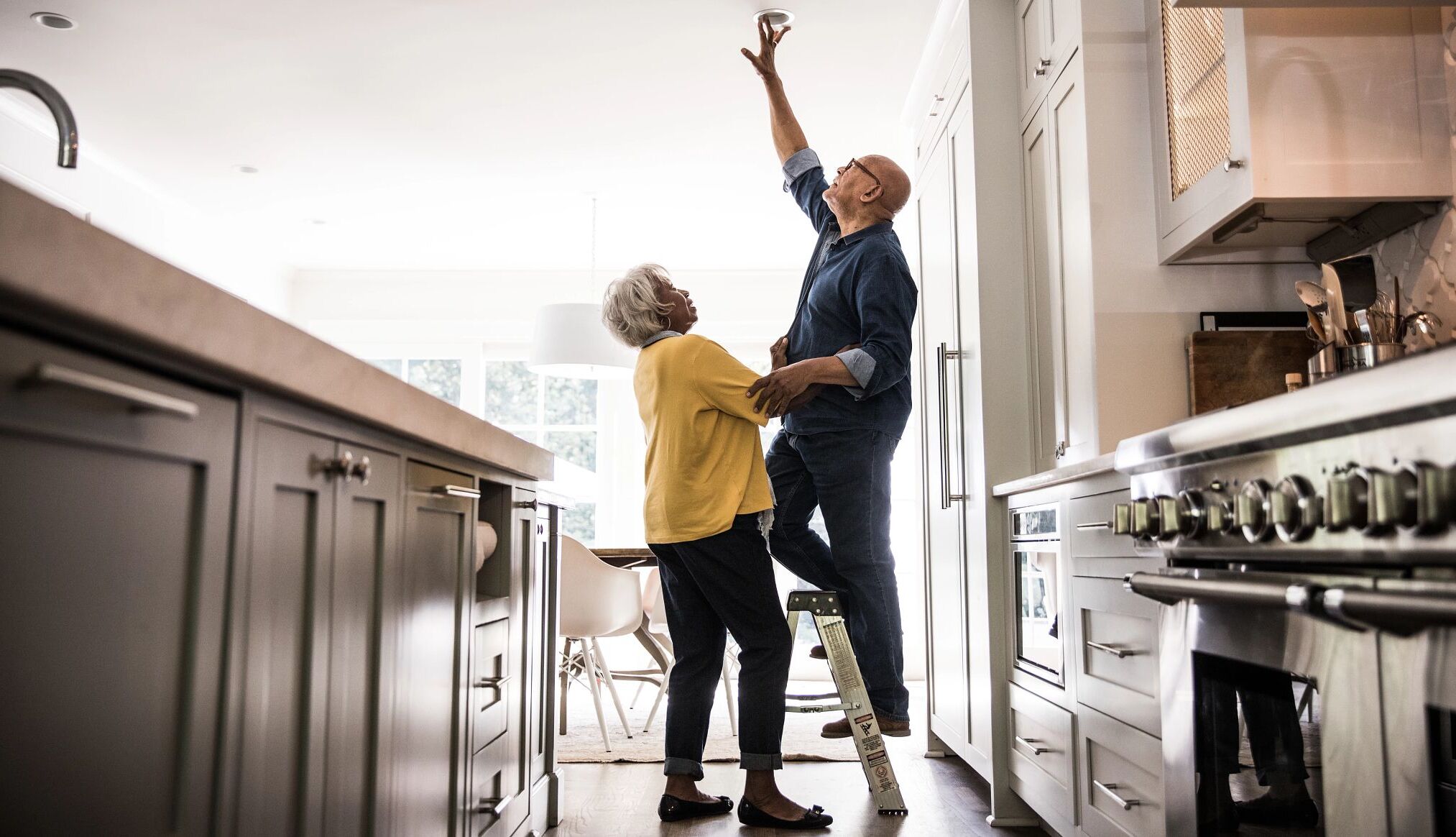

Ideas and Tips
Veterans’ Home Modification Programs: A Comprehensive Guide
Published: October 27, 2024
Discover essential home modification programs for veterans, including eligibility, application processes, and types of modifications covered. Enhance your home today!
(Many of the links in this article redirect to a specific reviewed product. Your purchase of these products through affiliate links helps to generate commission for Storables.com, at no extra cost. Learn more)
As a veteran, maintaining independence and comfort in your home is crucial. However, for those with disabilities, navigating the complexities of home modifications can be daunting. Fortunately, the U.S. Department of Veterans Affairs (VA) offers several programs designed to help veterans make their homes more accessible and comfortable. This article provides a comprehensive guide to the various home modification programs available to veterans, including eligibility criteria, application processes, and the types of modifications covered.
Understanding Home Modification Needs
Home modifications are essential for veterans with disabilities to ensure they can live safely and independently. These modifications can range from simple changes like installing grab bars or widening doorways to more complex alterations such as constructing ramps or adapting bathrooms. The primary goal of these modifications is to improve mobility, safety, and overall quality of life.
Types of Home Modifications
-
Entryway Ramps: A well-designed ramp can significantly improve accessibility for wheelchair users or individuals with mobility issues. Ramps can be permanent concrete structures or removable metal ones, making them versatile for different needs and situations.
-
Widening Doorways and Hallways: Standard doorways can be too narrow for wheelchairs or walkers. Widening openings to at least 32 inches can greatly improve mobility throughout the house. This may involve removing and rebuilding walls, so costs can vary widely.
-
Bathroom Remodels: Bathrooms are often one of the most critical areas for modification. This includes installing roll-in showers, lowering sinks and counters, and adding grab bars for safety.
-
Kitchen Modifications: Improving accessibility in kitchens involves lowering sinks and counters to make them more accessible for individuals with mobility issues.
-
Grab Bars and Handrails: Installing grab bars in strategic locations such as bathrooms, hallways, and stairways can provide essential support for those who need it.
-
Non-Slip Flooring: Non-slip flooring materials can significantly reduce the risk of falls in bathrooms and other areas where moisture is present.
-
Stair Lifts: For homes with multiple levels, installing a stair lift can provide an efficient way for individuals with mobility issues to move between floors.
VA Home Modification Programs
The VA offers several home modification programs designed specifically for veterans with disabilities. These programs aim to provide financial assistance for necessary home upgrades, ensuring that veterans can live comfortably and independently.
Specially Adapted Housing (SAH) Grants
The SAH grant is one of the most comprehensive programs offered by the VA. It provides grants to veterans or service members with specific service-connected disabilities to build an adapted home or update an existing home to meet their disability-related needs.
Eligibility Criteria:
- Service-Connected Disabilities: The grant is available to veterans or service members entitled to receive compensation for permanent and total service-connected disability due to one of the following conditions:
- Loss or loss of use of both legs that prevents movement without the aid of braces, crutches, canes, or a wheelchair.
- Blindness in both eyes (having only light perception), plus loss or loss of use of one leg.
- Loss or loss of use of one leg, together with residuals of organic disease or injury, or the loss or loss of use of one arm; these losses must affect balance or forward motion so much that they prevent movement without the aid of braces, crutches, canes, or a wheelchair.
- The loss or loss of use of both arms, preventing use of the arms at or above the elbows.
- Severe burn injuries.
Grant Amounts:
- The SAH grant provides up to 50% of the veteran’s cost of an adapted house, land, and allowable expenses, but may not exceed the current maximum grant amount of $90,364 (as of February 2015).
- The grant may be used to help build, buy, or adapt an existing home or reduce the debt owed on a home that’s already adapted.
- The grant can be used up to three times as long as the total grants stay within the current limit.
Special Housing Adaptation (SHA) Grants
The SHA grant is another program designed to help veterans adapt or purchase a home to accommodate their disabilities.
Eligibility Criteria:
- Service-Connected Disabilities: The grant is available to veterans or service members entitled to compensation for permanent and total service-connected disability due to one of the following conditions:
- Blindness in both eyes with 5/200 visual acuity or less.
- Anatomical loss or loss of use of both hands.
- Severe burn injuries.
- Severe respiratory ailments.
Grant Amounts:
- The SHA grant provides up to the maximum grant amount of $14,093 (as of February 2015) for the actual cost to adapt a house or for the appraised market value of necessary adapted features already in a house when it was purchased.
- The grant may be used up to three times as long as the total grants don’t exceed the current limit.
- The home to be adapted must be owned by the veteran or by a member of the veteran’s family, but the veteran must intend to continue living there.
Temporary Residence Adaptations (TRA) Grants
Temporary Residence Adaptations grants are available to veterans who are or will be temporarily living in a home owned by a family member. These grants are limited up to a maximum amount of $5,523 and count as one of the three total uses of the Special Housing Adaptation grant.
Home Improvements and Structural Alterations (HISA) Grants
The HISA grant provides medically necessary improvements and structural alterations to veterans' primary residences. This benefit is administered under the Prosthetic and Sensory Aids Service (PSAS) and is available to veterans with or without service-connected ratings.
Eligibility Criteria:
- Service-Connected Disabilities: Veterans with service-connected conditions rated at least 50% disability are eligible for up to $6,800.
- Non-Service Connected Disabilities: Veterans with non-service connected conditions under certain criteria or who are eligible for aid and attendance or housebound benefits may be eligible for up to $2,000.
Approved Modifications:
- Allowing entrance to or exit from the primary residence.
- Use of essential lavatory and sanitary facilities (e.g., roll-in showers).
- Allowing accessibility to kitchen or bathroom sinks or counters (e.g., lowering counters/sinks).
- Improving entrance paths or driveways in the immediate area of the home to facilitate access through construction of permanent ramping.
- Improving plumbing or electrical systems made necessary due to installation of home medical equipment.
Excluded Modifications:
- Exterior decking
- Purchase or installation of spa/hot tubs/Jacuzzi type tubs
- Home security systems
- Removable equipment or appliances such as portable ramps; porch lifts, and stair glides
- Routine repairs as part of regular home maintenance like replacements of roofs, furnaces, or air conditioners
Applying for VA Home Modification Grants
Applying for VA home modification grants involves several steps and requires specific documentation. Here’s a detailed guide on how to apply:
-
Determine Eligibility:
- Veterans must be enrolled in VA healthcare and have a service-connected disability rated at least 50% for SAH and SHA grants.
- For HISA grants, veterans must have a service-connected condition rated at least 50% or be eligible for aid and attendance or housebound benefits.
-
Gather Required Documents:
- A prescription written or approved by a VA physician that includes the diagnosis and medical justification for the prescribed improvement or structural alteration.
- A completed and signed VA Form 10-0103, Veterans Application for Assistance in Acquiring Home Improvement and Structural Alterations.
- If applying for an advanced payment, request this on the application.
- For renters: A signed and notarized statement from the owner authorizing the improvement or structural alteration.
- A written itemized estimate of costs for labor, materials, permits, and inspections for the home improvement and structural alteration.
- A color photograph of the unimproved area.
-
Submit Application:
- Submit all required documents to your local Prosthetic and Sensory Aids Service (PSAS) office.
- An inspection of the site by VA may be warranted.
-
Follow-Up:
- After submitting your application, remain engaged with your local PSAS office to stay informed about any potential issues and avoid missing deadlines.
Additional Financing Options
While VA grants provide significant financial assistance for home modifications, they may not cover all costs. Here are some additional financing options available:
-
FHA 203(k) Rehabilitation Loan:
- This type of loan allows you to use a single mortgage to finance the purchase (or refinance) of a house and the costs to update it. It’s suitable for more extensive renovations.
-
Low-Interest Loans:
- Programs designed for people with disabilities offer low-interest loans that provide financial assistance for necessary home upgrades.
-
State and Local Grants:
- Many states offer home modification programs through their housing finance agencies or departments of aging. Nonprofit organizations like Rebuilding Together and the National Multiple Sclerosis Society also offer assistance programs.
-
Community Development Programs:
- These programs provide grants and resources for home modifications, particularly for people with disabilities, to foster inclusive community spaces.
Conclusion
Veterans' home modification programs are designed to enhance the quality of life for those with disabilities by providing accessible and comfortable living environments. The SAH, SHA, and HISA grants offer substantial financial assistance for various types of modifications, ensuring that veterans can live independently and safely in their homes. By understanding these programs and their eligibility criteria, veterans can take advantage of these benefits to improve their homes and their lives.
Useful Tips
- Be persistent; criteria frequently change, so eligibility for certain benefits can change.
- Gather and organize your military service information; the VA and other agencies require physical documentation to determine the specific benefits you qualify for.
- Ask questions, seek help, and reapply as information and your needs evolve.
- After submitting initial applications, remain engaged to stay informed of any potential issues and avoid missing deadlines.
By following this comprehensive guide, veterans can navigate the complex process of applying for home modification grants and take advantage of the resources available to them.
Was this page helpful?
At Storables.com, we guarantee accurate and reliable information. Our content, validated by Expert Board Contributors, is crafted following stringent Editorial Policies. We're committed to providing you with well-researched, expert-backed insights for all your informational needs.

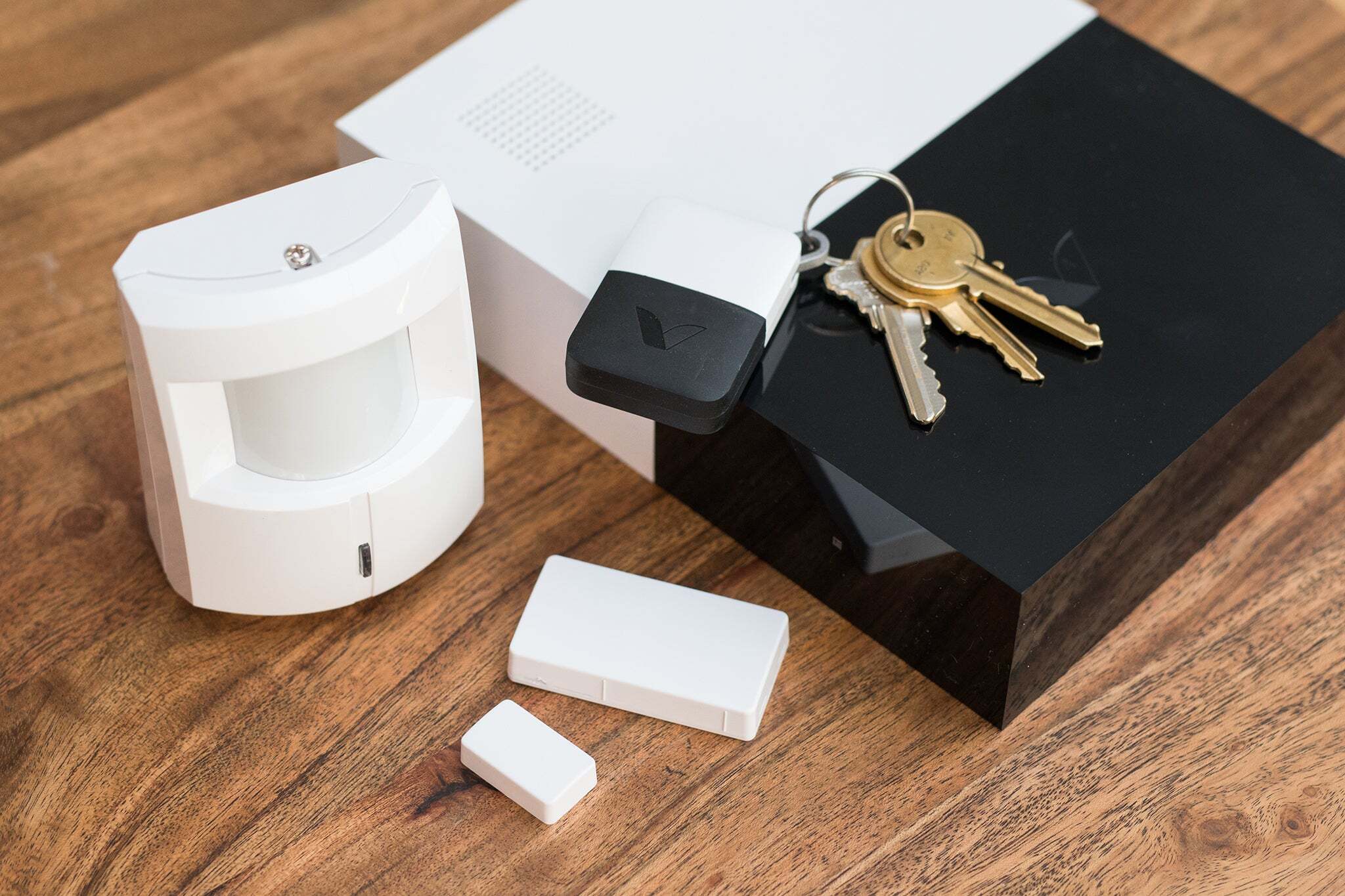

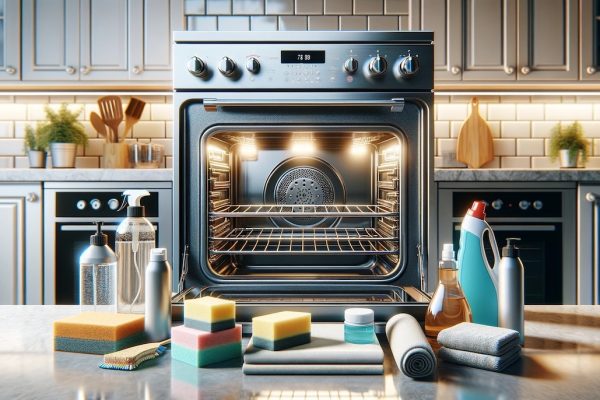
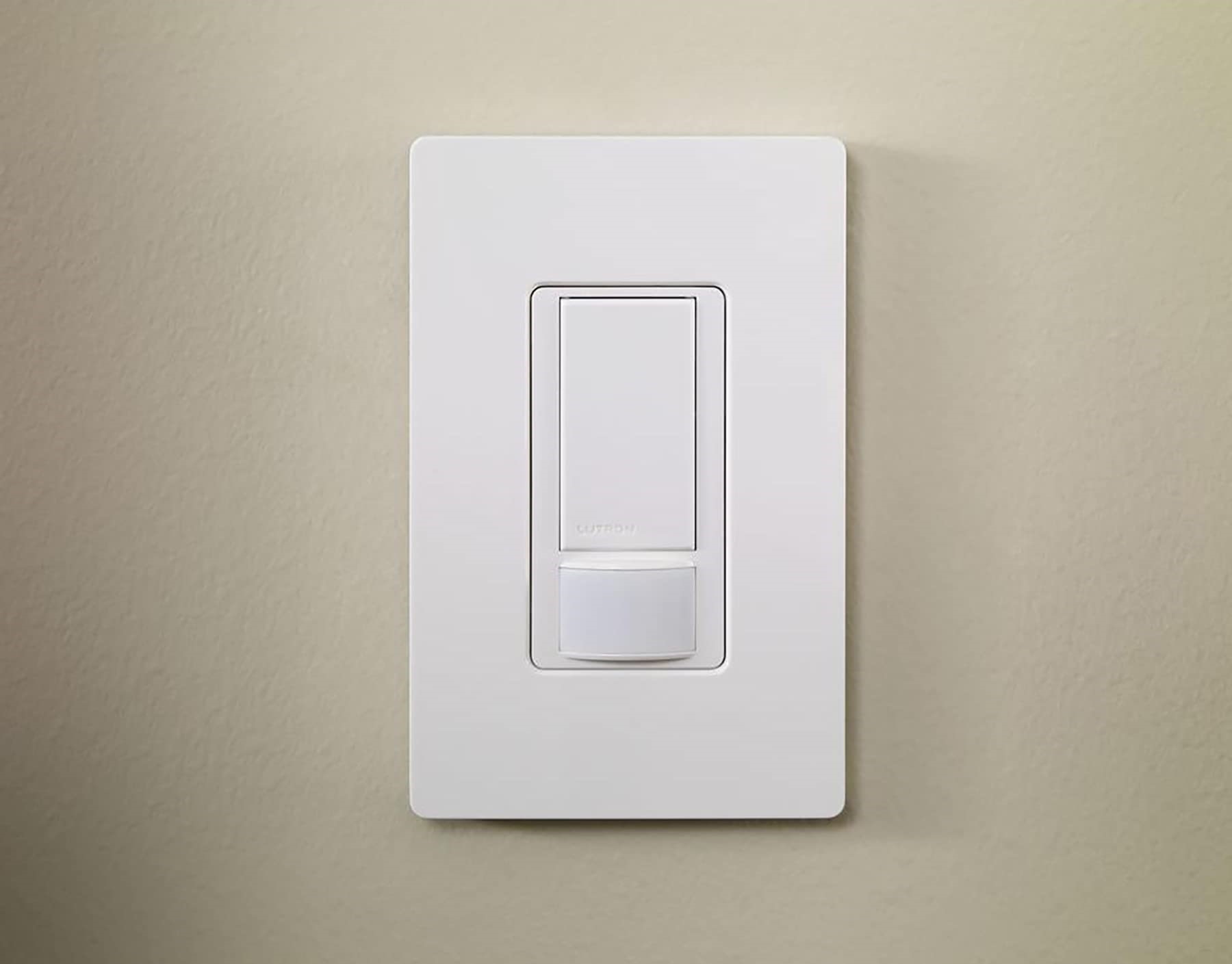
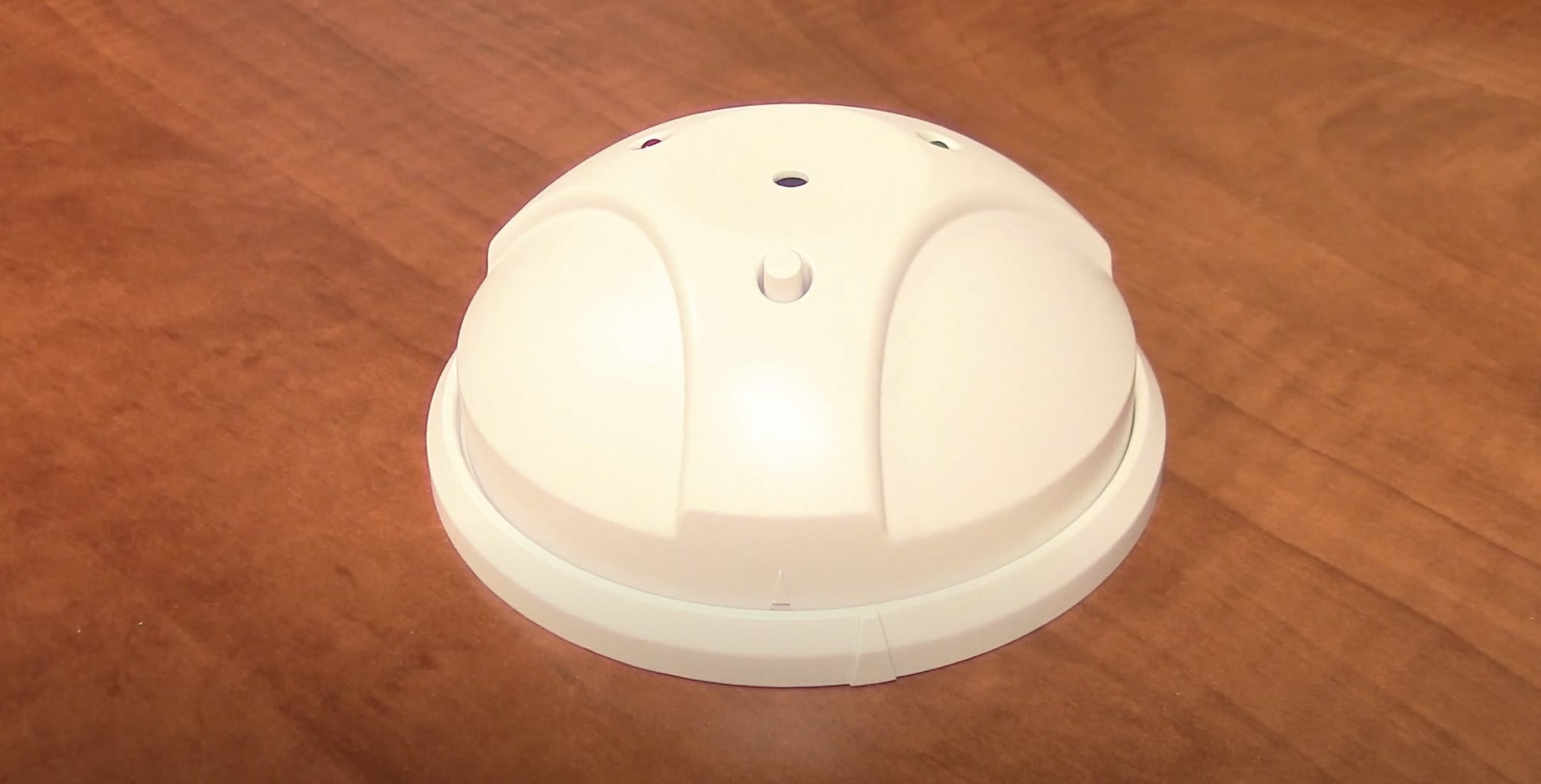
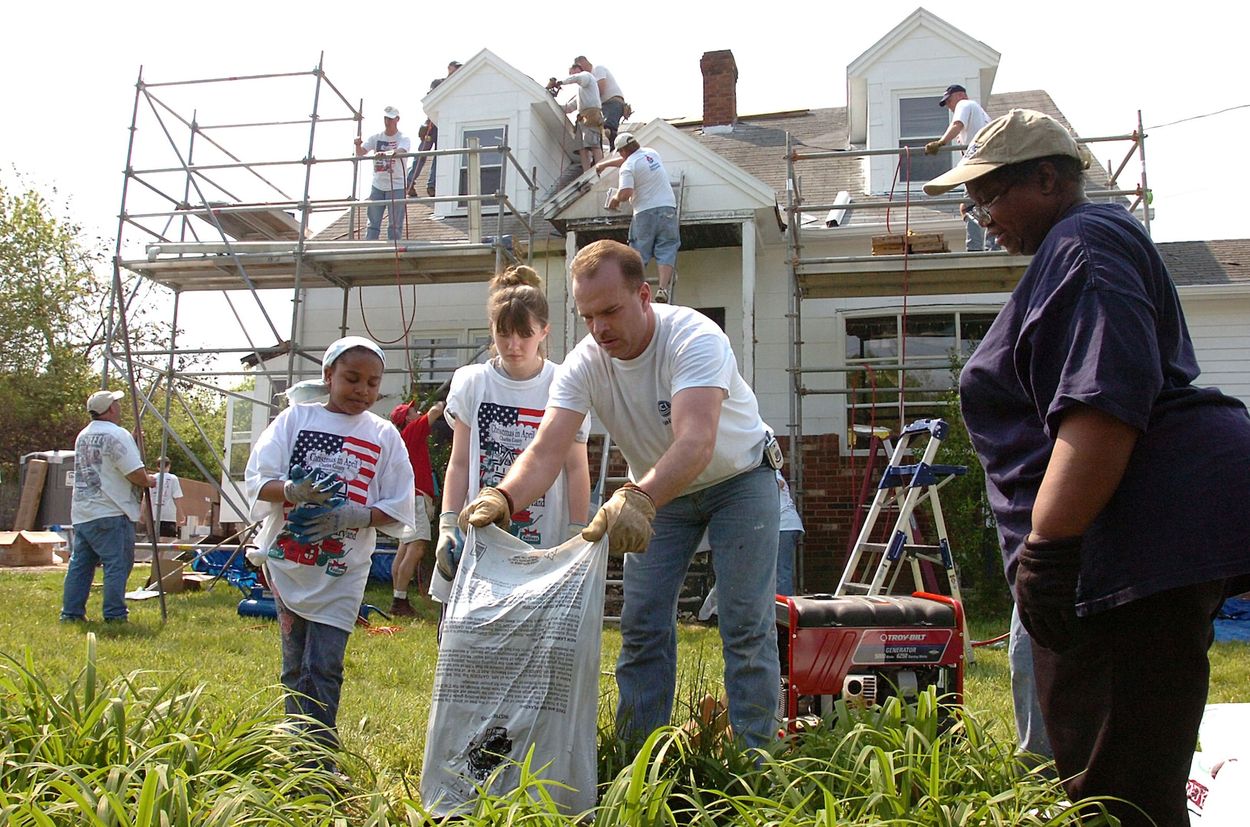
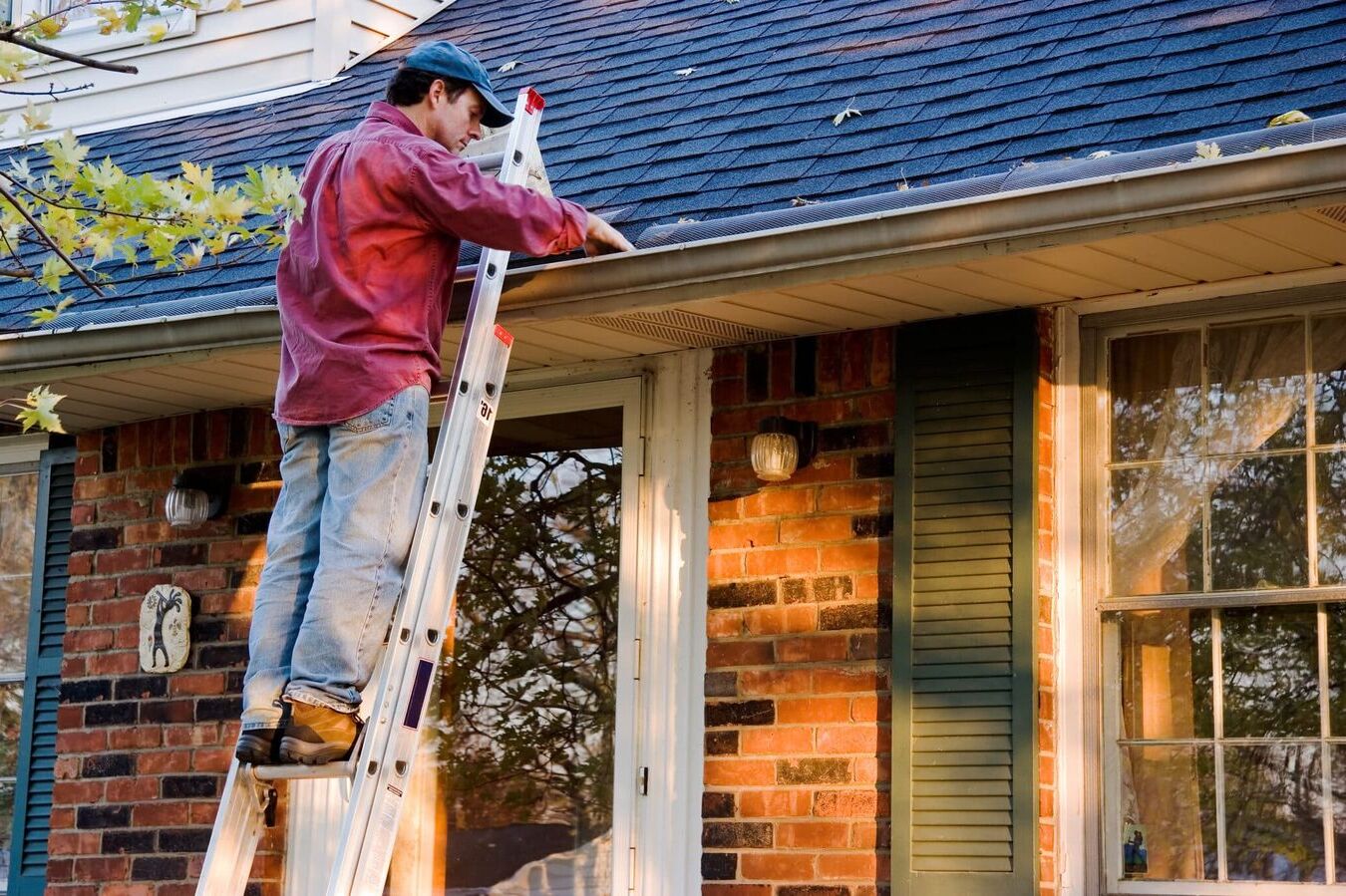
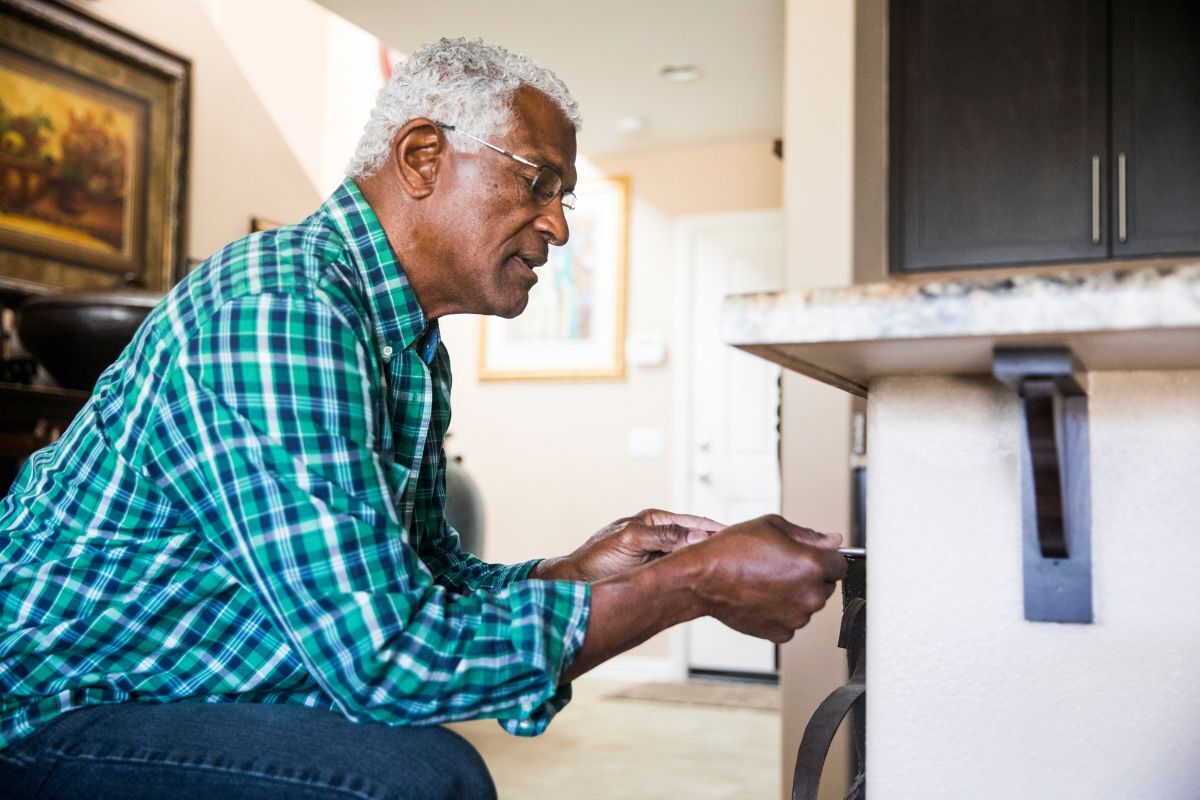
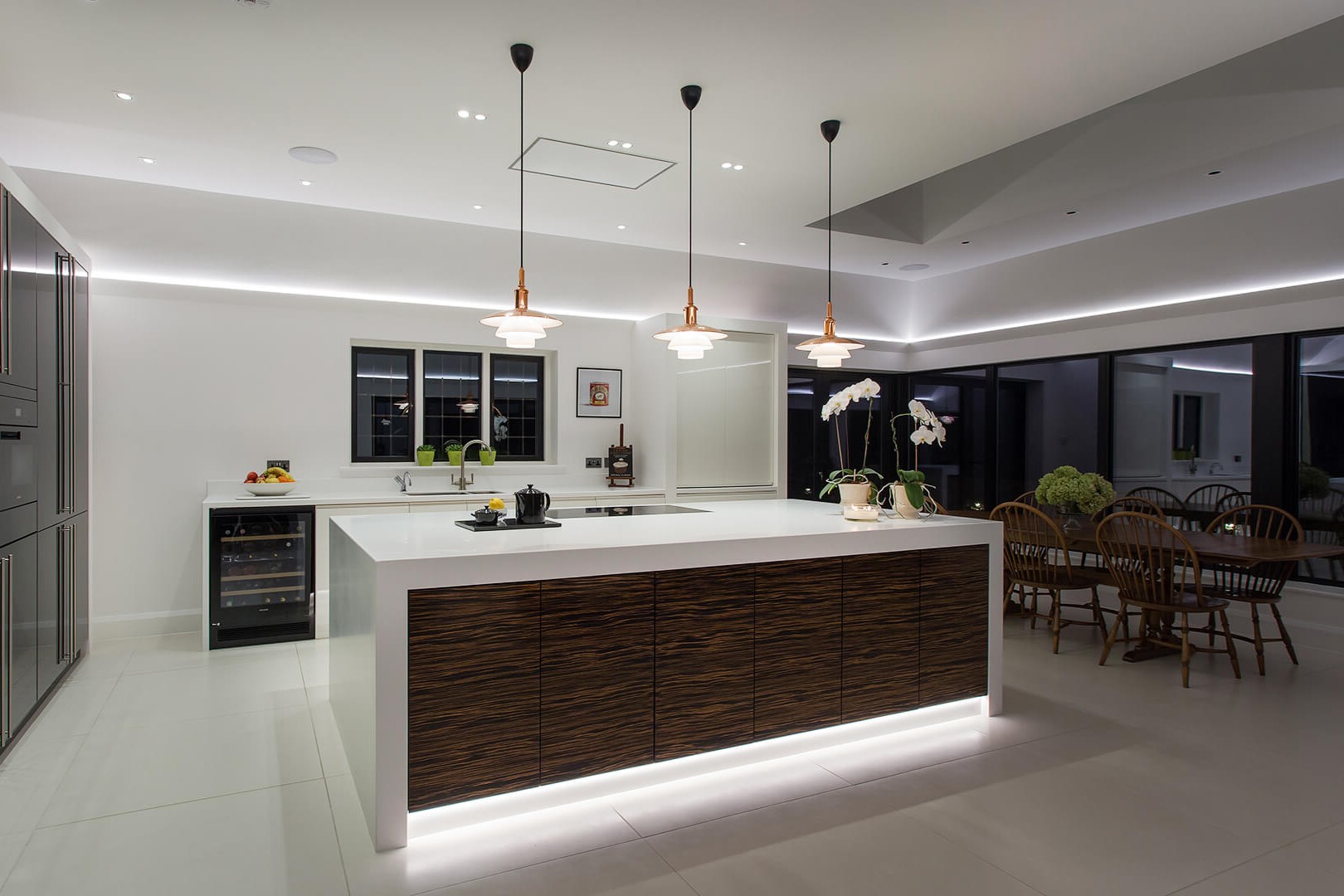
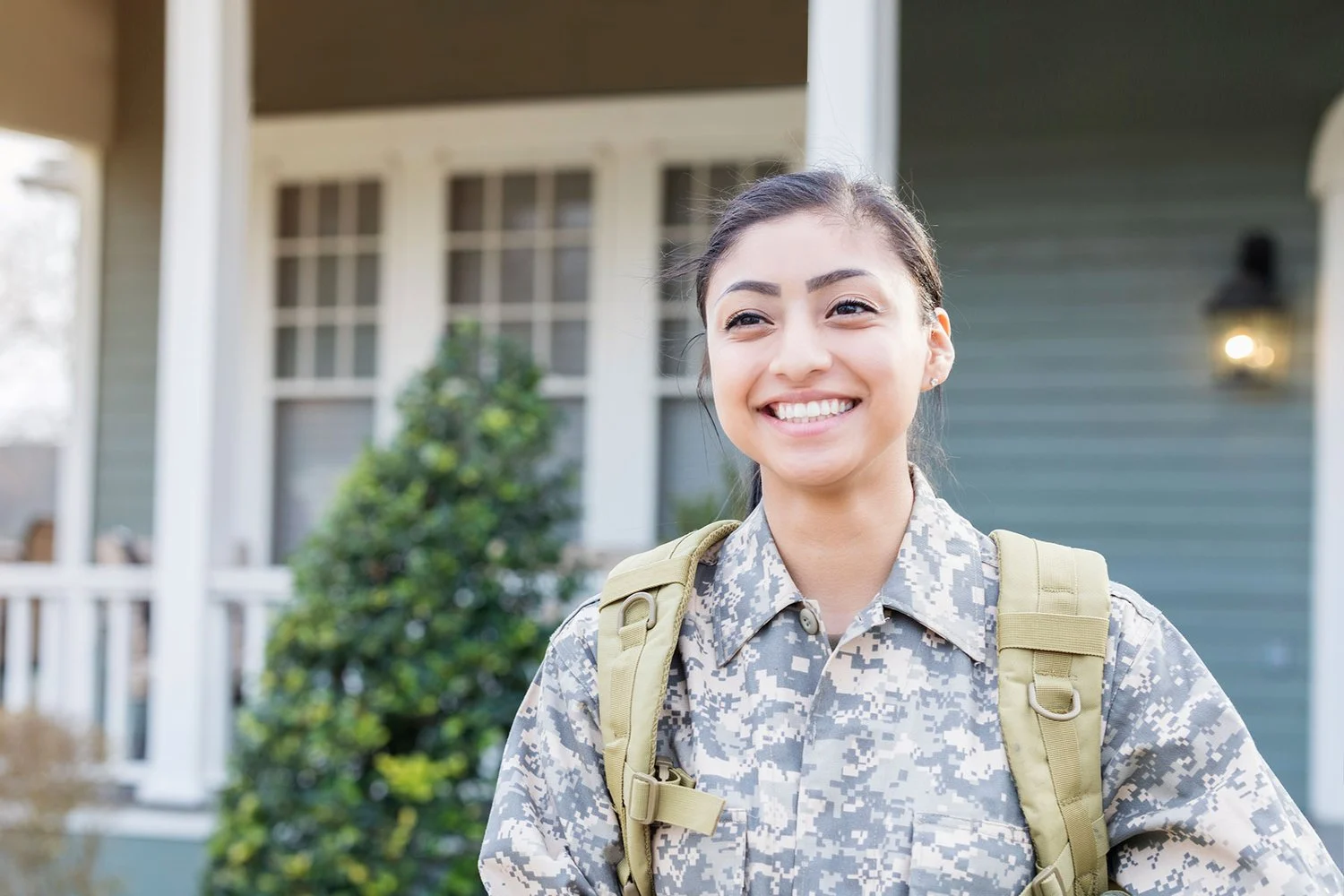
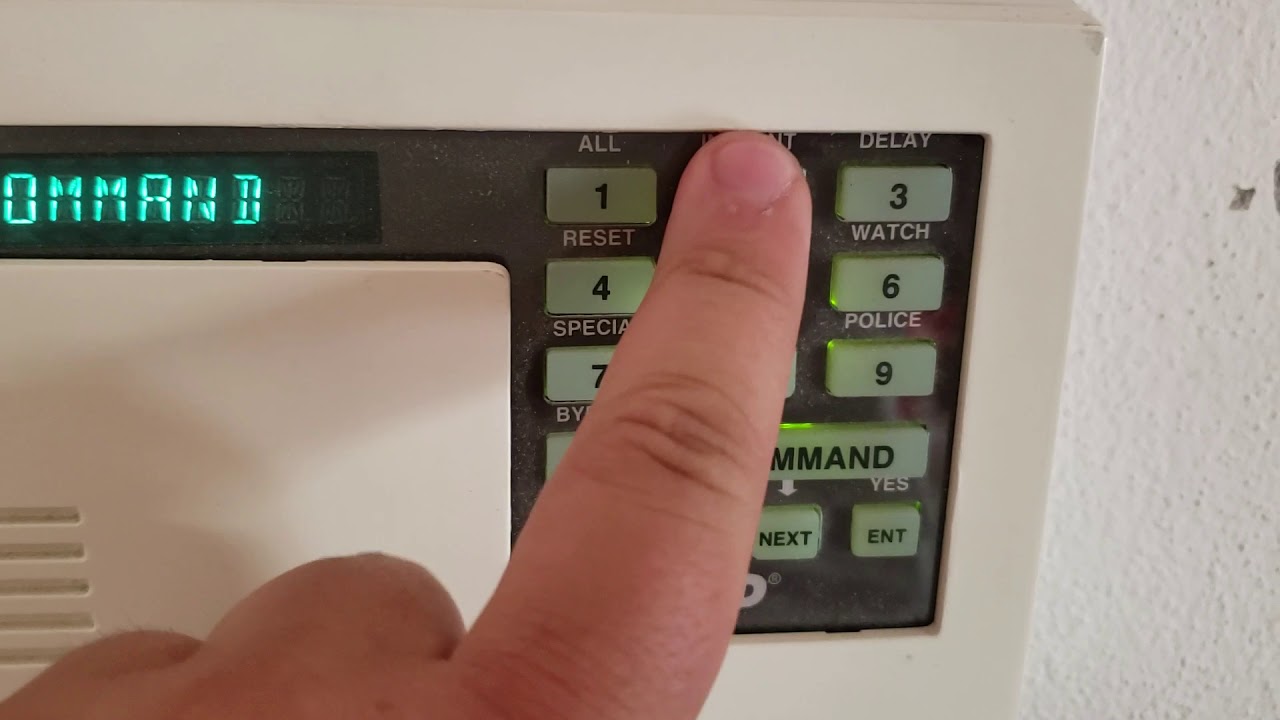
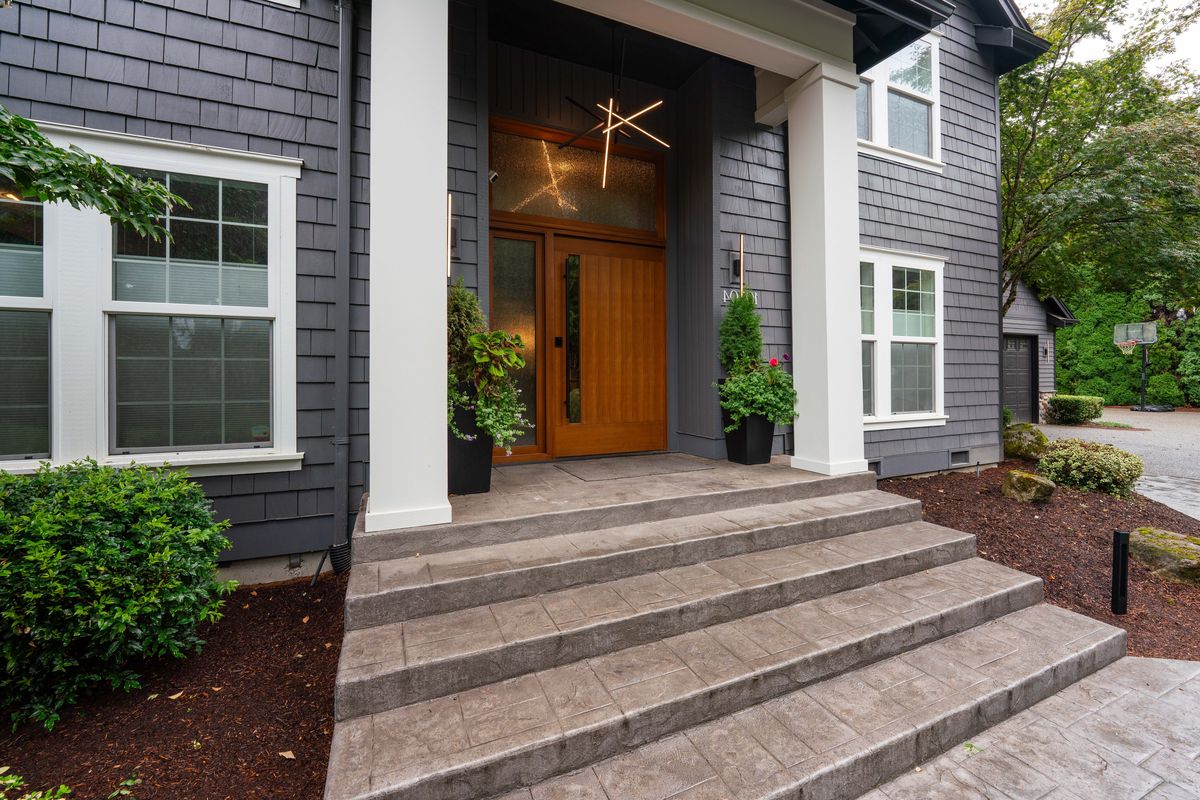

0 thoughts on “Veterans’ Home Modification Programs: A Comprehensive Guide”